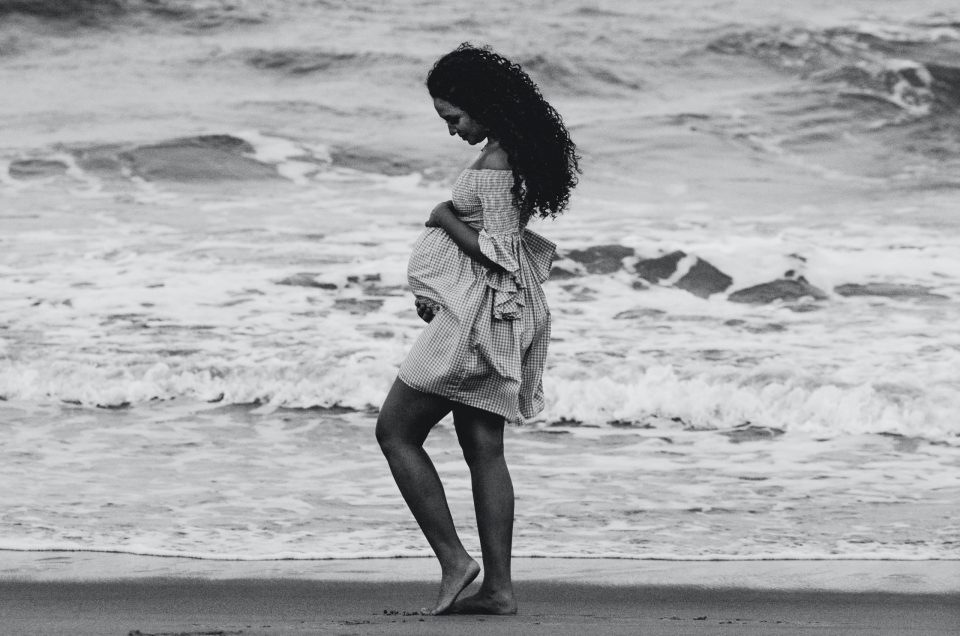It has been a difficult time since March last year in so many aspects of my work. Once all face to face teaching was postponed with no idea of restart dates, I soon realised I needed to adapt to ensure high quality waterbirth education continued.
Firstly, I started to look at how I could transfer waterbirth and Covid 19 information to colleagues around the UK and beyond. At the time of writing I have undertaken 31 sessions, hosted 250 colleagues from 17 countries. Concerns about waterbirth were difficult to rationalise at the beginning of the pandemic, as little information was available about transmission, testing and appropriate PPE. The first studies came through from China in mid-March (Wang et al 2020) and throughout these times many countries have published relevant, informative and supportive papers. I have included this information during zoom sessions, and followed up links emailed to attendees.
These sessions have become a fantastic method of sharing information and experiences, particularly in countries which have stopped the use of water for labour and in some cases waterbirth. Where this has occurred it appeared vital to provide robust quality sessions to these colleagues. I have utilised social media, personal contacts and word of mouth about dates and times of sessions (even allowing for different time zones!).
Included pre-session are several of the international briefing papers from around the world, including the UK, Australia and Eire, which aim to add extra rationale for changes made to the use of water. The slides cover all aspects of water labour/birth and the changes or challenges which have occurred over the past 11 months. Transmission of the virus via faeces has been the biggest concern to health professionals, and I have kept abreast of all new papers dealing with transmission. As yet there has been no evidence that Covid-19 has been grown from amniotic fluid, umbilical cords, vaginal secretions, breast milk or faeces (Herbawani et al 2020).
Covid is a droplet infection not waterborne, and thus water labour/birth appears to pose no greater risk to professionals, mother, baby or birth companion. Therefore water labour/birth is considered safe if PPE, testing and general care is followed (Burns et al 2020, Harper 2020 and RCM 2020).
What became obvious during these sessions was that some colleagues were asking basic questions about the use of water in labour/birth. In response to these issues I decided that from summer 2020 I would start to host zoom sessions about basic care, observations, physiology and criteria. These have proved popular especially from doulas and student midwives. During the past few months several new papers have been published (Barry et al 2020, Clews et al 2020 and Sidebottom et al 2020) which continue to provide evidence of clinical outcomes following water labour/birth.
Finally, I have not forgotten about parents having very limited access to labour and delivery birth option classes. I have therefore introduced zoom sessions for parents. Over the last 9 months I can honestly say I have become the Zoom queen. Adapting sessions with new slides, links and making them as interactive as possible is challenging, but allows me to make full use of this online media.
As 2020 came to an end this difficult year has reduced my travelling when I share my experiences, knowledge and skills about waterbirth. I hope like many the vaccine and treatments make a safer world for all of us.
Dianne Garland FRCM SRN RM ADM PGCEA MSc
Freelance Midwife
Feel free to contact me: [email protected]



